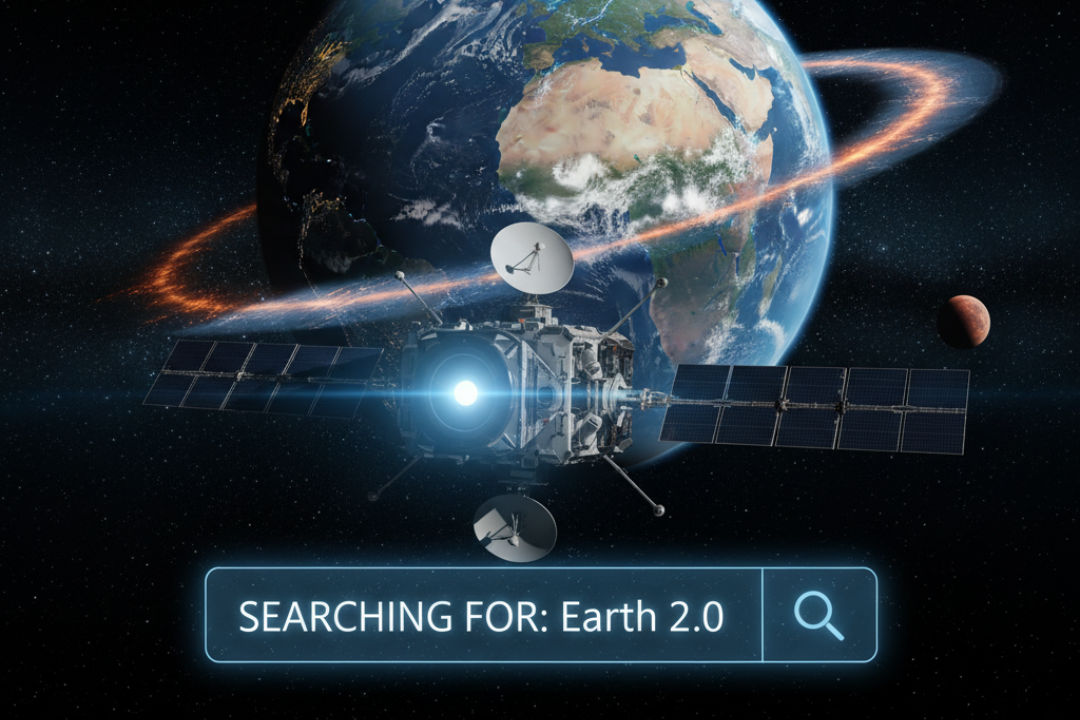Along the banks of the Lancang (Mekong) River in Yunnan Province, ethnicity is being constructed brick by brick.
Jinghong City is the seat of the Xishuangbanna Dai Autonomous Prefecture in southern Yunnan province. It’s a short distance to the border of Myanmar, and a three-hour bus ride to Laos. The city is building a 2,000-acre park costing 6.5 billion RMB (about $1 billion USD) to “reproduce the ancient prosperous times of Jinghong City… and to build a large tourist service center for Southeast Asia.”
It’s an ambitious endeavor, and part of a centuries-long project to tie this area and the people who live here more firmly to the Chinese state.

A new development in Jinghong City in Yunnan Province hopes to provide a destination for tourists and to “reproduce the ancient prosperous times of Jinghong City.”
This has long been the frontier: a permeable and porous zone of refuge for peoples unwilling or unwelcome to join in the development of states from what is today Thailand and Myanmar, or who found themselves pushed southward by successive Chinese empires.
In the 20th century, roads, bridges, and railways brought outside governance to the people living here, while making it easier to exploit the valuable resources in the hills and forests, especially timber and crops like rubber and tea. Now these same roads — as well as an airport opened in 1990 — have brought a steady influx of tourism into the once-isolated valleys of Xishuangbanna.
Officially, Yunnan is home to over half of China’s designated shaoshu minzu (少数民族), previously translated as “ethnic nationalities,” but which the Chinese government prefers to render as “ethnic minorities” to avoid any hint of a verboten nationhood for non-Han citizens of China.
The representations of these groups in popular culture and in tourism propaganda is reminiscent of the packaging of indigenous art and culture for tourist consumption around the world. The language used by the Han majority also eerily echoes how China was (and still often is) represented in Orientalist depictions of the “Other” by Westerners.
In tourist literature and posters around Jinghong, subjects are colorful and almost always female, wearing ceremonial dress. They are not meant to appear modern. They’re depicted as a remnant population — a living fossil — to be studied, ogled, and photographed.
When shown in a modern context, the message is one of inexorable assimilation: The assumed and inevitable attraction to the value of modernity and civilization — as exemplified by the Han Chinese — out of the quaint backwardness of their traditional culture.

This is of course not unique to China or Xishuangbanna. Groups which choose (or are forced) to remain outside the reach of the state and the consumer economy have for centuries, and in many cultural contexts, been assumed to be behind the civilizational curve. They are not yet “Us.” They are “us” in training or they are a failed “us.”
What does make China different, though, is that there is little room in the educational or information environment for critical reflection of these issues. Challenging assumptions, especially about issues of ethnic identity, cultural assimilation, and history, is not only discouraged but actively opposed by state and Party. There is no counter-narrative of resistance, or one which proposes an alternative history to the teleology of the Chinese Dream.
A local museum exhibit praises the “diligence and intelligence” of Hani women. A tourist site promises visitors a glimpse into a primitive past. A propaganda banner in a nearby village belonging to the Blang nationality reminds residents that “Being poor is not glorious and it is shameful to be lazy.”
Some codes are easier than others to crack.

Jinghong, like many cities in the border regions of China, is carrying out a grand project to alleviate rural poverty and to settle non-Han into residential and economic patterns which make sense to local CCP administrators. Their strategy is as old as colonialism, and has meant sweeping changes to the local culture. Many people welcome the change.
A local villager on the outskirts of Jinghong was effusive about the new highway, and had only good things to say about plans to extend high-speed rail through the valleys of Xishuangbanna. There are, of course, economic benefits to being part of the system.
 Mao Zedong (“The Great Red Sun”) smiles beatifically in a portrait hanging on the wall of a village Buddhist temple in Southern Yunnan
Mao Zedong (“The Great Red Sun”) smiles beatifically in a portrait hanging on the wall of a village Buddhist temple in Southern Yunnan
The government also touts its role as a protector of local culture, even as that culture is commoditized in a way that continues to portray the indigenous as being in need of civilizing.
In “Cultural Representation in the Yunnan Ethnic Folk Villages: Tensions and Contradictions,” scholar Li Yang argues:
Folk villages, songs, dances, minority dresses and customs are all modified and staged to suit commercial needs. Not all aspects of minority culture are valued by managers; tourist needs and desires are their highest concerns. They generally believe that exotic cultural images, spectacular dance shows and the quaint customs of minorities are the most marketable forms of cultural tourism. In the words of managers, “minority people are expected to continue their quaint traditions by the majority society.” Therefore, the park explicitly portrays, markets and promotes elements of minority culture deemed “primitive,” “pre-modern,” exotic and joyful.
Back along the banks of the Mekong in Jinghong City, construction workers are putting the finishing touches on a “traditional pagoda” meant to symbolize the culture of the Dai People.
This area, says a tour guide, will one day have a very traditional atmosphere, full of the feeling of history.
Yes, I suppose it will. Once they finish building it.
















